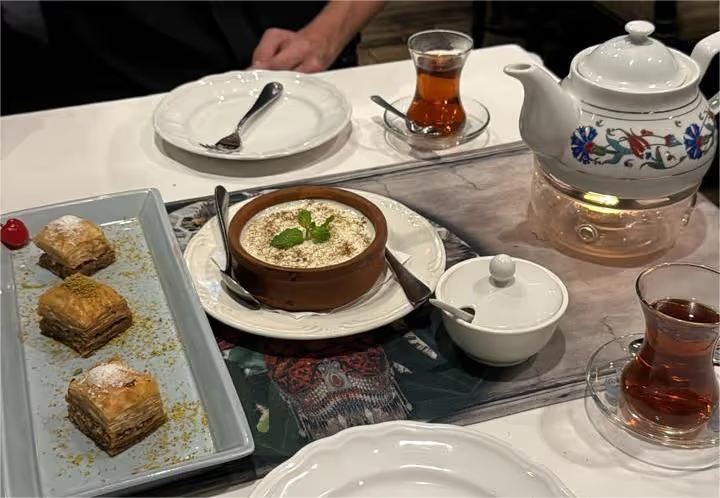The Global Language of Tableware: Pairing Dinnerware with International Cuisines
Ceramic Tableware
By: Jeff
06 Aug 2025

Ceramic tableware is more than just a functional part of dining—it is an integral part of how meals are experienced and appreciated around the world. The design, shape, and purpose of dinner plates, bowls, and serving pieces vary widely depending on cultural norms and culinary traditions. Choosing the right dinnerware to complement different international cuisines can enhance both the presentation and enjoyment of the food.
Asian Cuisine: Harmony and Simplicity
For many East and Southeast Asian cuisines, tableware is designed to accommodate shared dishes and smaller portions. Traditional Japanese dinnerware, for instance, includes rice bowls, miso soup bowls, and flat dinner plates for sushi or tempura. Korean dining typically features multiple banchan (side dishes) served in individual bowls alongside a main rice bowl and soup. In Chinese cuisine, large dinner plates or platters are often placed at the center for family-style sharing, complemented by small personal plates and bowls.
European Cuisine: Elegance and Course-by-Course Presentation
European dinner sets are typically structured to reflect multi-course meals. A French or Italian dinner set might include separate dinner plates for appetizers, main courses, and desserts, along with soup bowls and salad plates. The tableware tends to be more formal and symmetrical, often decorated with fine patterns or gold trims. Porcelain and bone china are commonly used to reflect the elegance of Western dining traditions.
Middle Eastern Cuisine: Abundance and Sharing
Middle Eastern meals are rich in flavors and often involve communal dining. Large serving platters and ornate ceramic dinner plates play a key role in presenting dishes like grilled meats, rice pilafs, and mezze. The tableware reflects cultural opulence, often decorated with intricate geometric designs or vibrant colors. In many homes, a coordinated dinner set is reserved for guests, adding a touch of ceremony to hospitality.
South Asian Cuisine: Spices and Variety
In Indian cuisine, dinnerware is designed to hold an array of dishes at once. Thalis—round dinner plates with small bowls—are a popular example, offering compartments for curries, lentils, chutneys, and breads. Ceramic tableware used in South Asian homes often features earthy tones and handcrafted textures, complementing the richness of the food.
Modern Global Fusion: Mix and Match
With the rise of global cuisine, many modern homes feature an eclectic mix of dinnerware. Home chefs and hosts often curate dinner sets that blend aesthetics from various cultures, using minimalist tableware for sushi nights, rustic plates for Mediterranean spreads, or classic porcelain for a French dinner.
Conclusion: Dining Beyond Borders
Each culture brings its own artistry and intention to the design and use of tableware. From the humble dinner plate to the complete dinner set, the right dinnerware enhances the presentation and storytelling of every cuisine.
Understanding how to pair tableware with international dishes not only elevates your hosting game but also pays homage to the cultural roots behind every meal. Whether you stick to tradition or create your own fusion, thoughtful dinnerware choices make every dining experience richer and more memorable.


